Among aficionados of detective fiction, the term “locked room mystery” has become an inaccurate but useful catchall phrase meaning the telling of a crime that appears to be impossible.
The story does not require a hermetically sealed chamber so much as a location with an utterly inaccessible murder victim. A bludgeoned, stabbed, or strangled body in the center of pristine snow or sand is just as baffling a location as a lone figure on a boat at sea, a solo airplane, or the classic locked room.
Like so much else in the world of mystery fiction, readers are indebted to Edgar Allan Poe for the invention of the locked room mystery, which happened to be the startling core of the first pure detective story ever written, “The Murders in the Rue Morgue,” initially published in the April 1841 issue of Graham’s Magazine.
In this ground-breaking tale, two women are heard to be screaming and a group of neighbors race up the stairs to their apartment. They break down the locked door, the key still in the lock on the inside, to find the savagely murdered mother and daughter. The windows are closed and fastened, egress through the fireplace chimney impassable, and no loose floorboards or secret passages.
Of course, the police are baffled (just as readers were then, and continue to be today, a hundred and seventy years after its original appearance). Only the detective, C. Auguste Dupin, sees the solution, establishing another of the mainstays of the detective story: the brilliant amateur (often replaced in later stories by the private eye) who is smarter than both the criminal and the official police.
The locked room mystery, or impossible crime story, is the ultimate manifestation of the cerebral detective story. It fascinates the reader in precisely the same way that a magician is able to bring wonderment to his audience. What he demonstrates appears to be impossible.
After all, young ladies, no matter how attractive and scantily clad, don’t just disappear, or turn into tigers, or get sawed in half. Yet we have just seen it happen, right before our very focused eyes.
Today, we're introducing Otto Penzler's Locked Room Library series, featuring select classics in this beloved mystery subgenre.
Be warned. As you read the astoundingly inventive novels in this series, remember that impossible crimes cannot be impossible, as the detective will quickly point out, because they have happened.
Treasure has been stolen from a locked and guarded room or museum or library, in spite of the constant surveillance by trained policemen. A frightened victim-to-be has locked, bolted, and sealed his home because the murderer has warned him that he will die at midnight, and a brigade of officers in a cordon surrounding the house cannot prevent it.
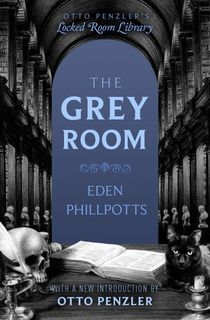
The Grey Room
If the mind of a diabolical genius can invent a method of robbery or murder that appears to be insoluble, then surely there must be a mind of equal brilliance that is able to penetrate the scheme and explain its every nuance. That is the detective’s role and, although he appears to be explaining it all to the police and other interested parties, he is, of course, describing the scenario to the reader. The curtain that has masked the magic, that has screened the illusion, is raised, and all returns to ordinary mechanics, physics, and psychology—the stuff of everyday life.
Therefore, if you want to maintain the beauty of a magic show, refuse to listen to a magician who is willing to explain how he performed his illusion. Similarly, if the situations in the locked room mysteries in this series provide a delicious frisson of wonder, stop reading them as soon as you reach the denouement.
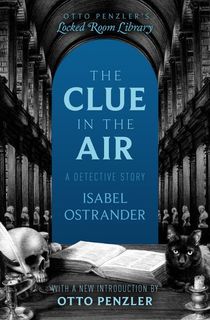
The Clue in the Air
No, of course you can’t do that. It is human nature to want to know, and the moment of clarity, when all is revealed, brings a different kind of satisfaction. Admiration replaces awe. The legerdemain achieved by the author has become, to use a word that has sadly become cheapened by overuse, awesome.
The locked room mystery may have reached its pinnacle of popularity during the Golden Age of detective fiction between the two world wars, but there had been a history of outstanding novels long before then.
It was in the 1920s, 1930s, and 1940s when Agatha Christie flourished, and so did Dorothy L. Sayers, Ellery Queen, Clayton Rawson, R. Austin Freeman, Margery Allingham, and, of course, the greatest of all inventors of impossible crimes, John Dickson Carr.
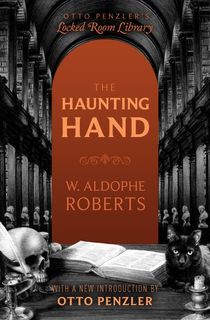
The Haunting Hand
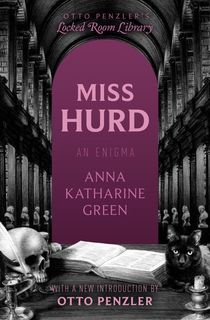
Miss Hurd
In those years, the emphasis was on the creation and solution of a puzzle. Readers were more interested in who dunnit, and how dunnit, whereas in the more modern era a greater focus has been placed on why dunnit.
Murder—the taking of another person’s life—was a private affair and its solution demanded a ritual that was largely followed by most writers. The book generally began with a fairly tranquil community (even if that community was in a big city, such as London or New York) in which all the participants knew each other. A terrible crime, usually murder, occurred, rending the social fabric.
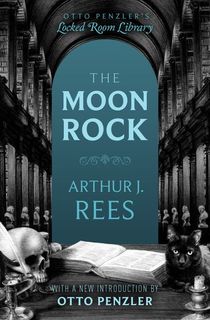
The Moon Rock
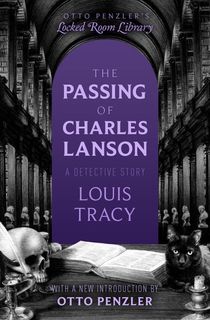
The Passing of Charles Lanson
The police came to investigate, usually a single detective rather than an entire team of forensic experts, and either he (there were precious few female police officers in the detective stories, or in real life, in that era) would solve the mystery or show himself to be an abject fool, relying on a gifted, and frequently eccentric, amateur to arrive at a conclusion.
Clues were placed judiciously throughout the story as the author challenged the reader to solve the case before the protagonist did. The true colors of the least likely suspect were then revealed and he or she was taken into custody, returning the community to its formerly peaceful state.
Many current readers don’t have the patience to follow the trail of clues in a detective story in which each suspect is interviewed (interrogated is a word for later mysteries), each having doubt cast on their alibis, their relationships with the victim, and their possible motives, until all the suspects are gathered for the explanation of how the crime was committed, who perpetrated it, and it why they did it.
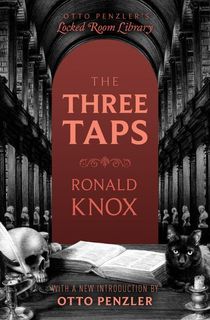
The Three Taps
It is not realistic and was never intended to be. It is entertainment, as all fiction is…or should be. Dorothy L. Sayers pointed out that people have amused themselves by creating riddles, conundrums, and puzzles of all kinds, with the apparently sole purpose being the satisfaction they give themselves by deducing a solution.
Struggling with a Rubik’s cube is a form of torment eliciting a tremendous sense of achievement and joy when it is solved. This is equally true of reading a good detective story, the apotheosis of which is the locked room puzzle, with the added pleasure of becoming involved with fascinating, occasionally memorable, characters, unusual backgrounds, and, when the sun is shining most brightly, told with captivating prose.
Some of the novels in this series are obscure, having been forgotten after the author’s death, but that makes them no less remarkable and memorable. It is pure joy to lift them from the darkness of neglect to the sunlight of a new edition for a new readership.
This piece is updated from a foreword previously published in The Golden Age of Locked Room Mysteries. Thank you to Otto Penzler and Penzler Publishers for allowing us to republish this work.
.png?w=3840)